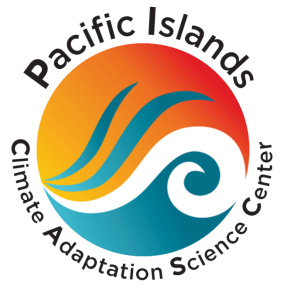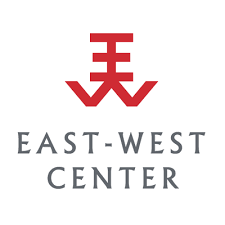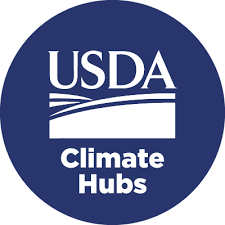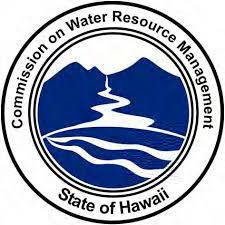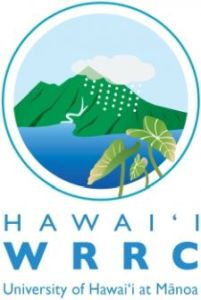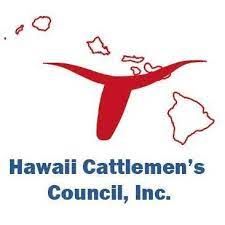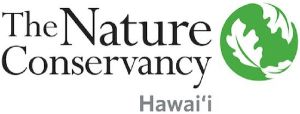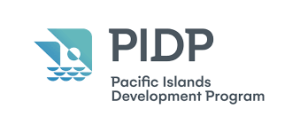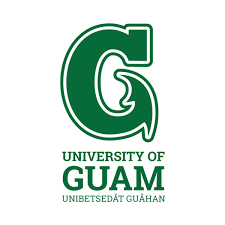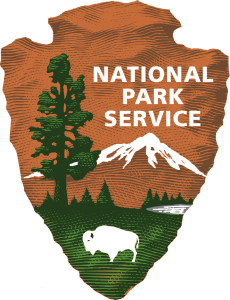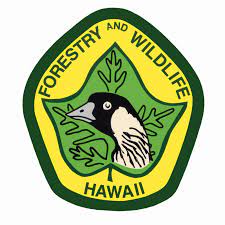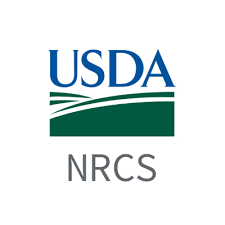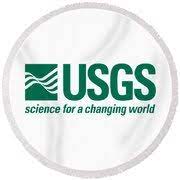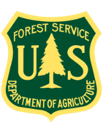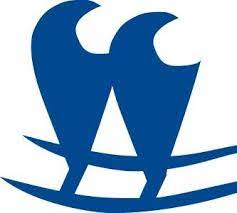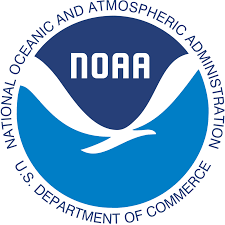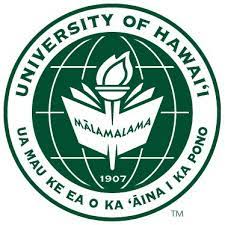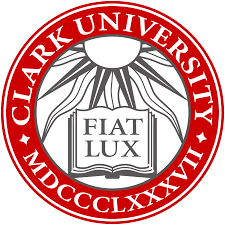PARTNER ORGANIZATIONS
The Pacific Islands Climate Adaptation Science Center (PI-CASC) is a collaborative partnership between the US Geological Survey and a university consortium hosted by the University of Hawaiʻi at Mānoa, with the University of Hawaiʻi at Hilo and the University of Guam, designed to support sustainability and climate adaptation in communities across the Pacific Islands. (Funding agency)
NIDIS is a multi-agency partnership that coordinates drought monitoring, forecasting, planning, and information at federal, tribal, state, and local levels across the country. (Funding agency)
The East-West Center promotes better relations and understanding among the people and nations of the United States, Asia, and the Pacific through cooperative study, research, and dialogue. (Funding agency)
The Climate Hubs and their partners support USDA’s Climate Adaptation and Resilience Plan connecting science and practice, and through tailored outreach activities. The Southwest Climate Hub is the primary Climate Hub that has partnered with the PDKE. (Funding agency)
The Commission on Water Resource Management (Commission) administers the State Water Code, which was created by the 1987 Hawai‘i State Legislature. The Commission’s mission is to protect and manage the waters of the State of Hawai‘i for present and future generations. (Funding agency)
The WRRC serves the state of Hawai’i as well as other Pacific islands and elsewhere by researching water-related issues distinctive to these areas. we are Hawai’i’s link in a network represented in every state as well as Washington, D.C. and three U.S. territories.
The Nature Conservancy is a global environmental nonprofit working to create a world where people and nature can thrive.
The Pacific Islands Development Program (PIDP) conducts a broad range of activities to enhance the quality of life in the Pacific islands.
The University of Guam empowers the region by uniting island wisdom with universal sources of enlightenment to support exceptional education, discovery, and service that respect and benefit local and global communities.
Since 1916, the National Park Service has been entrusted with the care of our national parks. With the help of volunteers and partners, we safeguard these special places and share their stories with more than 318 million visitors every year.
The mission of DLNR’s Division of Forestry and Wildlife is to responsibly manage and protect watersheds, native ecosystems, and cultural resources and provide outdoor recreation and sustainable forest products opportunities, while facilitating partnerships, community involvement and education. Please us the links below or our top menu to find information about our division’s programs or about the species, places, and topics with which we work. E mālama kākou i ka ‘āina.
Guided by the mission of helping people help the land, the USDA-Natural Resources Conservation Service (NRCS) collaborates with farmers, ranchers, communities and other individuals and groups to protect natural resources on private lands.
The USGS provides science about the natural hazards that threaten lives and livelihoods, the water, energy, minerals, and other natural resources we rely on, the health of our ecosystems and environment, and the impacts of climate and land-use change. Their scientists develop new methods and tools to enable timely, relevant, and useful information about the Earth and its processes.
Grounded in world-class science and technology and rooted in communities–the U.S. Department of Agriculture (USDA), Forest Service connects people to nature and to each other. As a Federal agency in service to the American people, the Forest Service cares for shared natural resources in ways that promote lasting economic, ecological, and social vitality. In doing this, the agency supports nature in sustaining life.
The National Oceanic and Atmospheric Administration’s (NOAA) Regional Integrated Sciences and Assessments (RISA) program was created in 1995 to pioneer innovative mechanisms for enhancing the value of climate information and products for understanding and responding to a variety of challenges associated with climate variability and change at the regional scale. Currently, there are ten region-specific RISA teams (see box) working in sustained partnerships with local decision-makers.
NOAA is an agency that enriches life through science. Our reach goes from the surface of the sun to the depths of the ocean floor as we work to keep the public informed of the changing environment around them.
Established in 1907, the University of Hawaiʻi at Mānoa is the largest and oldest of the 10 UH campuses. Mānoa offers hundreds of undergraduate, graduate and professional degrees; a strong, vital research program; and nationally ranked NCAA Division I athletics. UH Mānoa is a research university of international standings.
Clark University was founded in 1887 as one of the first all-graduate institutions in the country. Today, Clark promotes a rigorous liberal arts curriculum within the context of a research experience that addresses challenges on a global scale.


